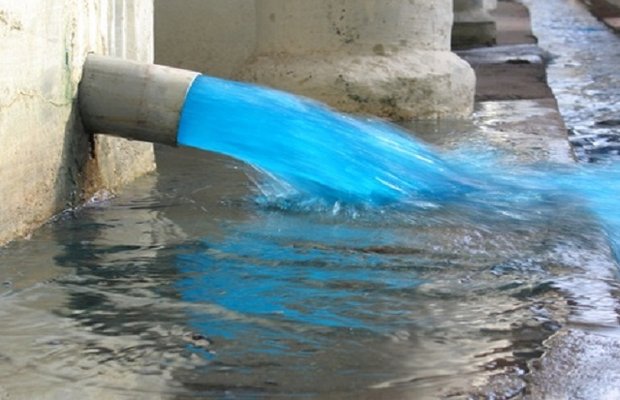Nanostructure Synthesized to Remove Dye Pollutants from Water
Published on by Water Network Research, Official research team of The Water Network in Academic
Scientists synthesized and studied laboratory nanostructures with high efficiency in the elimination of dye pollutants from contaminated water, INIC reports
According to Iran Nanotechnology Initiative Council, Iranian researchers from Shahid Chamran University of Ahvaz in association with Swedish researchers synthesized and studied laboratory nanostructures with high efficiency in the elimination of dye pollutants from contaminated water. The nanostructures have been produced through a cost-effective method.
Water pollution is a serious danger that nowadays threatens human societies, and many researchers have been for long carrying out investigations on this problem. The use of nanostructures to eliminate various types of pollutants is a new approach being studied by many researchers. The aim of the research was to investigate and introduce nanostructures as photocatalysts with high efficiency in the detection and elimination of organic pollutants from water.
The research studied the possibility of application of zinc oxide–zinc sulfide core-shell nanoparticles as photocatalyst in degradation of dye pollutants. The sample in the test was an organic dye pollutant called Congo Red. The result of the photocatalyst performance was compared to that of zinc oxide nanoparticles without zinc sulfide coating.
Results showed that the synthesized nanostructures have higher efficiency in comparison with pure zinc oxide nanoparticles. In other words, the core-shell nanoparticles are better in the degradation of pollutants than zinc oxide nanoparticles under some circumstances.
The product has been produced through chemical methods at low temperature. Therefore, it requires lower cost of production. In addition, the crystalline phase is pure and free from impurity excess phase.
Source: MEHR
Read More Related Content On This Topic - Click Here
Media
Taxonomy
- Research
- Pollution
- Nano Materials
1 Comment
-
The details will be interesting. Dosage and handling are always stumbling blocks.